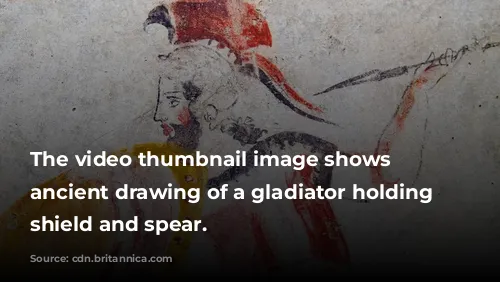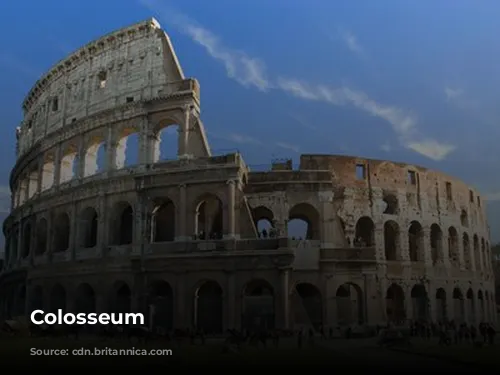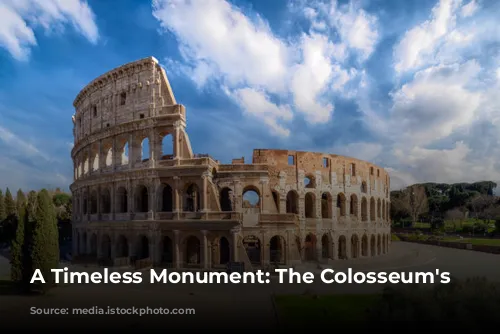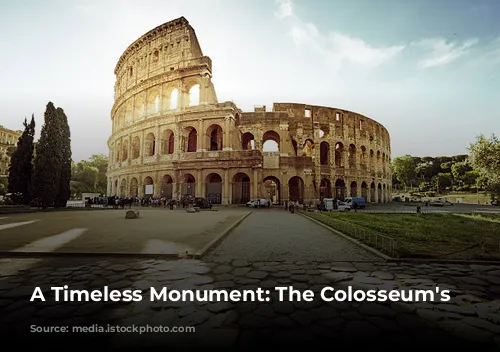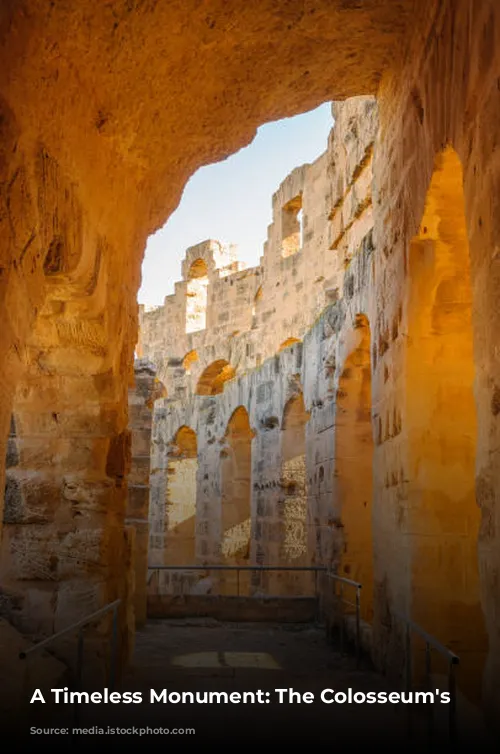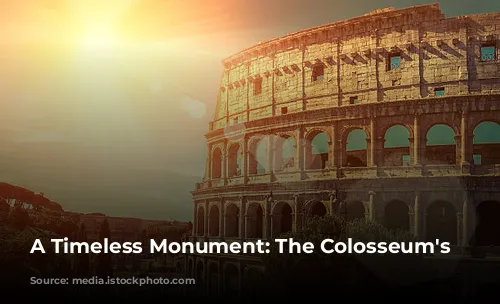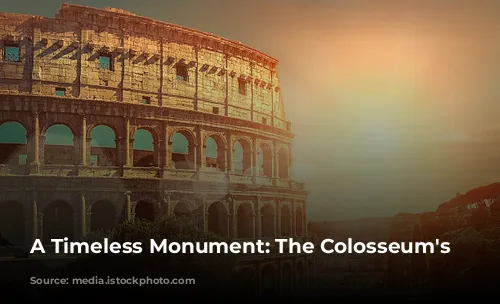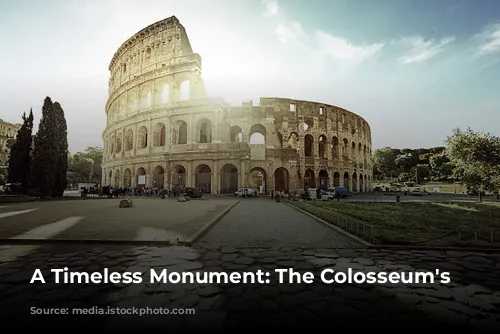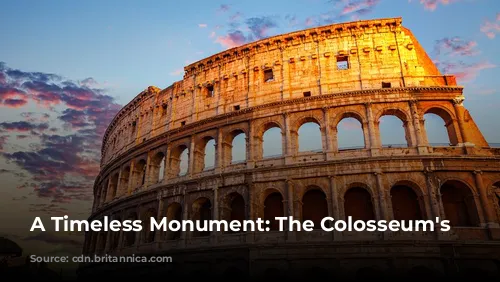Standing as a testament to the impressive skill of ancient Roman architects and engineers, the Colosseum is one of the few structures from the Roman Empire that has endured through the ages. Today, this iconic landmark is a beacon for tourism, drawing visitors from across the globe and contributing significantly to Italy’s economy.
In 2018 alone, the Colosseum, Roman Forum, and Palatine Hill combined to generate over $63.3 million (€53.8 million), solidifying their position as Italy’s top tourist attraction. The allure of these historic sites continues to captivate tourists, offering a glimpse into the grandeur and power of ancient Rome.
From Glory to Neglect and Revival
The Colosseum’s journey through time has been marked by periods of both grandeur and neglect. Following the fall of the Western Roman Empire, the arena fell into disrepair, its once magnificent presence fading into obscurity.
In the 12th century, the Colosseum was repurposed by powerful Roman families, the Frangipane and Annibaldi, who transformed it into a fortified stronghold. Their presence further added to the Colosseum’s history, albeit in a way that differed vastly from its original purpose.
Fast forward to the late 15th century, and Pope Alexander VI granted permission for the Colosseum to be used as a quarry, a tragic symbol of the structure’s decline. The Colosseum was stripped of its valuable materials, its once intricate details slowly vanishing beneath the weight of neglect.
However, hope emerged in the 1990s, as state-funded restoration efforts finally began to breathe life back into the Colosseum. This marked a turning point in the structure’s story, signaling a renewed commitment to preserving this vital piece of history.
A Symbol of Imperial Power and Public Entertainment
The Colosseum was not just an architectural marvel; it represented the might of the Roman Empire and served as a grand venue for public entertainment.
Emperor Vespasian, determined to revitalize Rome after the tumultuous “Year of the Four Emperors” in 69 CE, commissioned the Colosseum’s construction. He envisioned it as a stage for gladiatorial combat, thrilling animal hunts, and even elaborate mock naval battles, designed to captivate and entertain the masses.
Construction commenced under Vespasian’s reign between 70 and 72 CE, with his son and successor, Titus, dedicating the completed structure in 80 CE. Titus’s reign marked a significant chapter in the Colosseum’s story, and it was during this time that the arena was financed by spoils taken from the sack of Jerusalem in 70 CE.
The Colosseum’s fourth story was added by Emperor Domitian in 82 CE, further contributing to the arena’s grandeur. This monumental structure, built by enslaved Jews from Judaea, stood as a testament to Roman ingenuity and a powerful symbol of imperial control.

A Masterpiece of Engineering and Architecture
The Colosseum, also known as the Flavian Amphitheatre, is an awe-inspiring structure, a testament to the Romans’ mastery of engineering and architecture.
This elliptical arena, constructed from stone, concrete, and tuff, rises to a height of four stories, measuring a staggering 620 by 513 feet (189 by 156 meters). It could accommodate a vast audience of up to 50,000 spectators, eager to witness the gladiatorial combat that made the Colosseum famous.
Unlike earlier amphitheaters, which were often built into hillsides for support, the Colosseum is a freestanding marvel. This unique structure, built with a complex system of barrel and groin vaults, stands as a testament to the Romans’ innovative approach to construction.
The Colosseum’s three lower stories are adorned with arcades framed by engaged columns in the Doric, Ionic, and Corinthian orders, a striking architectural display that served as a foundation for the Renaissance’s codification of the “assemblage of orders”. This elegant arrangement of columns further contributes to the Colosseum’s lasting aesthetic appeal.
The Colosseum’s main structural framework and facade are crafted from travertine, while volcanic tufa forms the secondary walls. The inner bowl and arcade vaults are constructed from concrete, showcasing the Romans’ ability to utilize a variety of materials to create a truly enduring masterpiece.
A Stage for Thrilling Spectacles
The Colosseum provided a platform for an array of captivating spectacles, from gladiatorial contests to animal hunts and mock naval battles.
To shield spectators from the sun’s rays, a massive retractable awning, known as a velarium, was employed. This ingenious system relied on supporting masts extending from corbels built into the Colosseum’s upper story, requiring hundreds of Roman sailors to manipulate the rigging.
Although it is uncertain whether the Colosseum witnessed the martyrdom of early Christians, it is known to have hosted thousands of hand-to-hand combats between gladiators, contests between humans and animals, and even large-scale mock naval battles. These events drew huge crowds, showcasing the power of spectacle and entertainment in Roman society.
A Legacy of Resilience and Enduring Appeal
Despite facing periods of neglect, the Colosseum has endured, its story marked by both triumph and adversity.
In medieval times, the Colosseum was repurposed as a church, then as a fortress for prominent Roman families like the Frangipane and Annibaldi. These transformations highlight the Colosseum’s ability to adapt and evolve over time.
Throughout its long history, the Colosseum has also suffered damage from lightning, earthquakes, vandalism, and pollution. The Colosseum’s marble seats and decorative materials were stripped away, leaving it a mere shadow of its former glory.
However, the Colosseum’s resilience shines through, as preservation efforts began in earnest in the 19th century, with notable contributions from Pius VIII. This marked a turning point, a commitment to safeguarding this vital piece of history for future generations.
In the 1990s, a major restoration project was undertaken, restoring the Colosseum to its former grandeur. This renewed commitment ensured the preservation of this architectural gem for countless visitors to enjoy.
Today, the Colosseum remains a cornerstone of Rome’s tourism industry, welcoming nearly seven million visitors annually. Its allure lies in its ability to transport visitors through time, offering a glimpse into the grandeur and power of ancient Rome. Regular exhibitions showcasing the culture of ancient Rome further enrich the Colosseum’s appeal, ensuring its enduring legacy as a symbol of Roman history and engineering.
